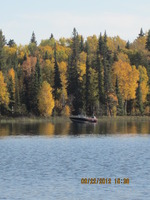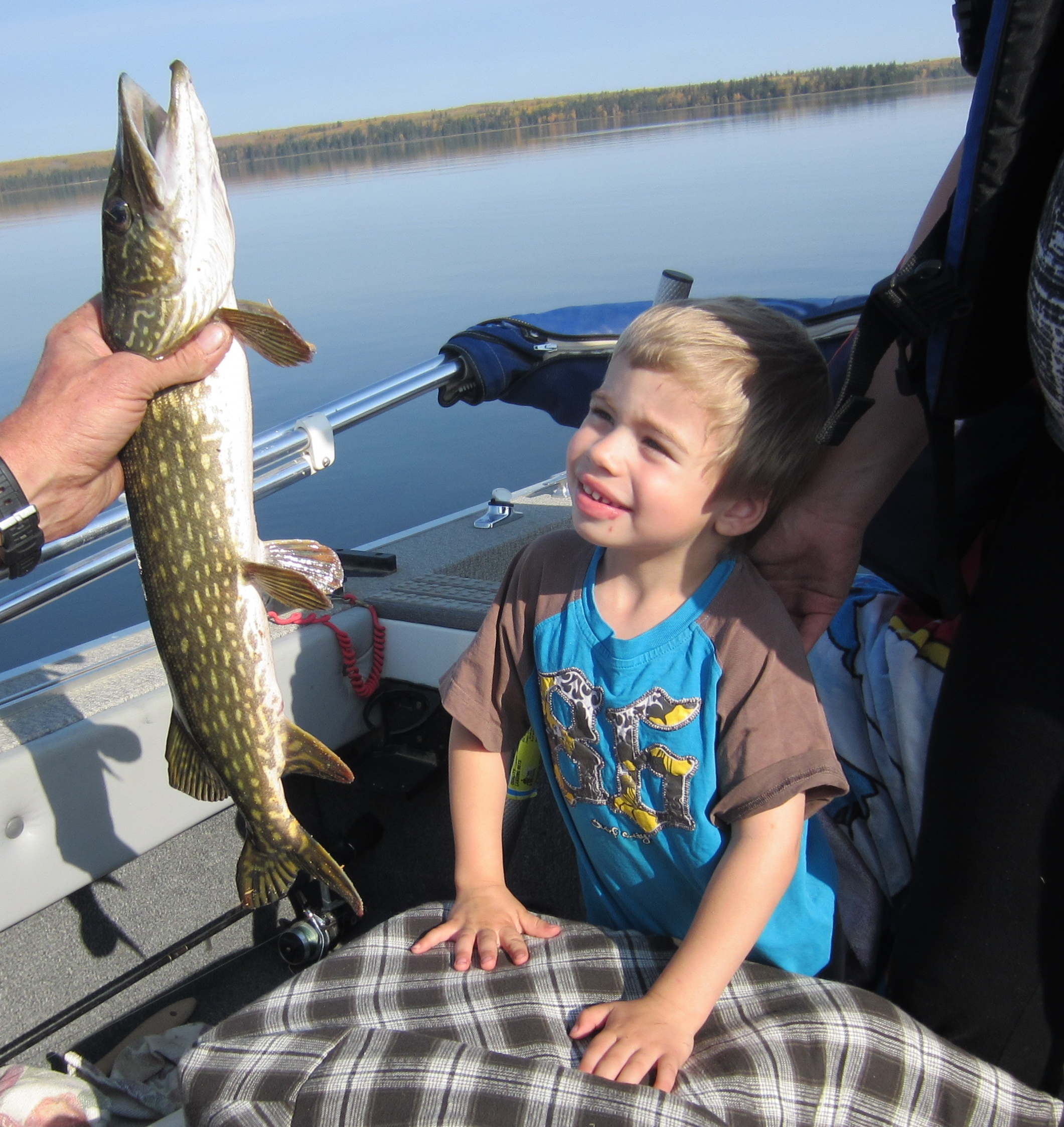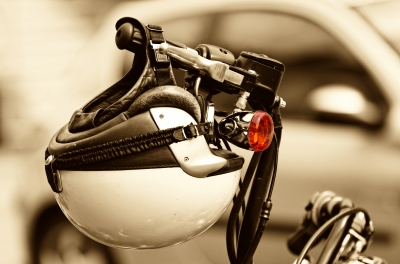...that lynx swim?
 Monday, September 24, 2012 at 7:40PM
Monday, September 24, 2012 at 7:40PM Lynx are good swimmers. At least this one was. We spotted it from our boat this past weekend the middle of Wolf Lake, which is quite a large lake in Northern Alberta, Canada. He had a long way to get to shore, but was swimming quickly.

It looked odd to see a cat in the water.
Lynx have distinctive tuffs on their ears. They are double to triple the size of the average house cat. In some places they are called bob cats because they have a short tail. Most people, though, call them lynx and call the other species of short-tailed cats without the ear tuffs bob cats.
______________________________________
Another 5-star Amazon review of THE TRAZ
"...criminal elements exist and prove dangerous indeed..."
Only $2.99
______________________________________
Here are some more pictures of beautiful Wolf Lake. We were fishing for Pike and Walleye.




